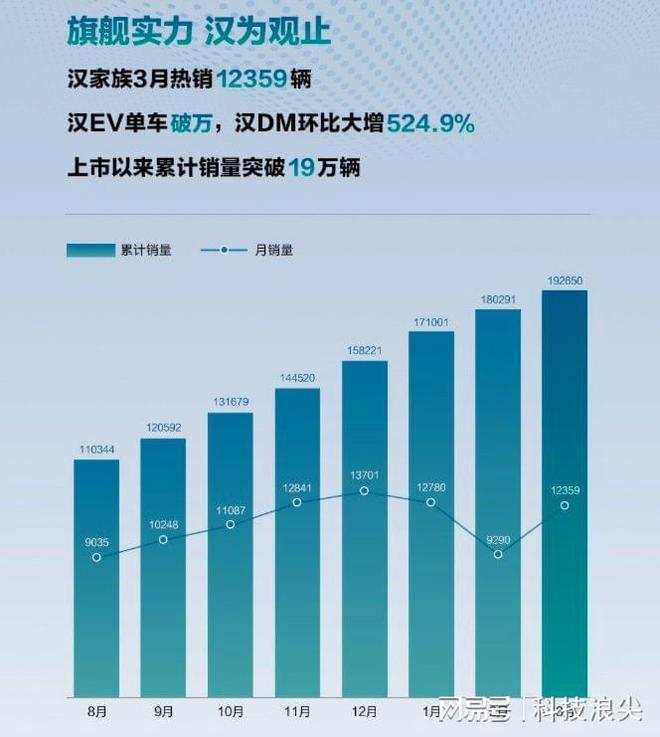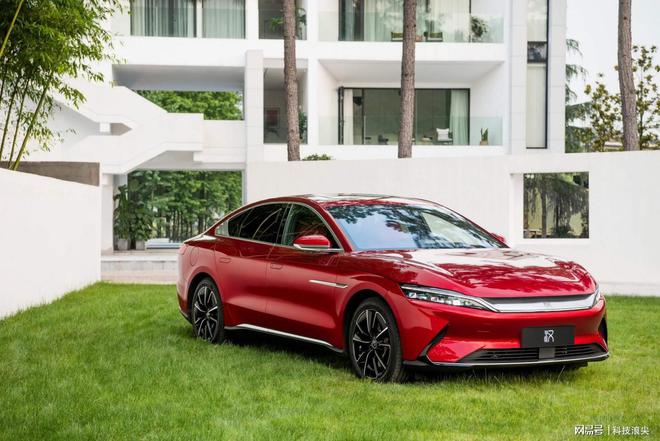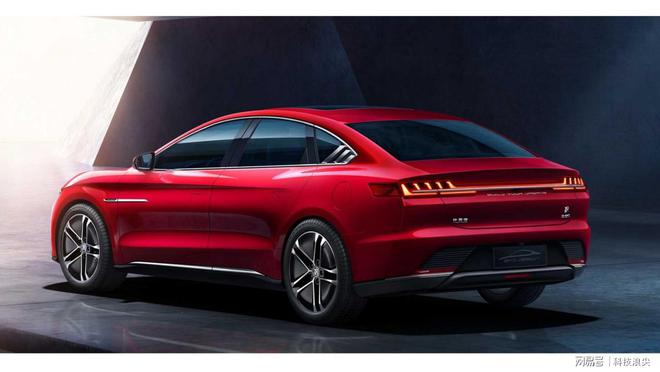BYD announced on April 3, 2022 that it officially became the first car company in the world to stop producing fuel vehicles. It is worth mentioning that at last year’s COP26 climate conference, many car companies around the world jointly stated that the production of fossil fuel vehicles will be gradually stopped worldwide by 2040. Among them are BYD, Ford, General Motors, Jaguar Land Rover, Mercedes-Benz, Volvo and other enterprises. BYD is the only China car company that is a signatory. At the same time, BYD has also become the fastest one to fulfill its promise.

In addition to the heavy news that fuel vehicles stopped production, BYD also announced its sales results in March. It is reported that BYD sold more than 100,000 vehicles in March, and the sales volume of BYD Han alone broke Wanda to 12,359 vehicles, an increase of 33% from the previous month. Among them, the sales volume of Han EV bicycles exceeded 10,000, reaching 10,178; Han DM sales increased by 524.9% month-on-month. By March, 2022, the cumulative sales volume of BYD Han family had exceeded 190,000, ranking firmly in the Top1 of China brand medium and large cars. BYD can be said to be a new energy leader.

At present, it is a global consensus to achieve peak carbon dioxide emissions and carbon neutrality, and emission standards are being tightened around the world. BYD is also actively following the national "double carbon" strategic goal to promote the green and low-carbon development of the automobile industry. BYD’s super hybrid vehicles have completely surpassed fuel vehicles in terms of performance and fuel consumption. Take BYD’s latest Han DM-i/DM-p as an example. It is equipped with BYD’s blade battery, DiSus-C intelligent electronically controlled active suspension, DiLink 4.0(5G) intelligent network connection system, DiPilot intelligent driver assistance system, maximum 80kW safe boost DC fast charging and high-efficiency heat pump air conditioning in wide temperature range.
Among them, the acceleration of the Han DM-p model can reach an astonishing 3.7s per 100 km, while the pure battery life of the Han DM-p model can reach 242KM, the fuel consumption is 4.2L/100KM, and the comprehensive battery life is 1300KM. Commuting to and from work in urban areas is completely pure electricity to save money. Even when you go back to your hometown and go on road trip on holidays, the fuel consumption is lower than that of traditional fuel vehicles. In this way, for most consumers, with DM-i/DM-p models, there is no point in buying traditional fuel vehicles at all.
Due to the mixed production of PHEV and fuel vehicles, from the perspective of development, stopping the production of fuel vehicles now will not only have no commercial losses, but also transfer the production capacity to new energy vehicles. It is obviously a win-win situation for DM-i models to be delivered to consumers faster. From the brand point of view, it can be upgraded from a brand in the era of fuel vehicles to a completely pure new energy vehicle enterprise, and from the brand image point of view, it will become more vigorous.

New energy vehicles are the biggest catch for our national automobile industry to overtake in corners. It is precisely because BYD has the determination to burn its bridges that we have the opportunity to catch up with or even surpass the automobile industries in Germany, Japan and the United States. Whoever is unwilling to change will be eliminated by the times. Other traditional fuel vehicle manufacturers also understand this truth, but most of them are reluctant to part with the existing fuel vehicle market.
To sum up, BYD, as the "first brother" of the current domestic new energy vehicle enterprises. It is a very bold and decisive decision to establish the brand tonality of pure electric vehicles. After unloading the "historical burden" of fuel vehicles, BYD’s pure electric vehicles and DM-i super hybrid "walk on two legs" and have infinite potential in the future.